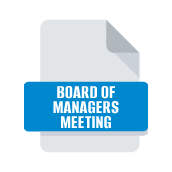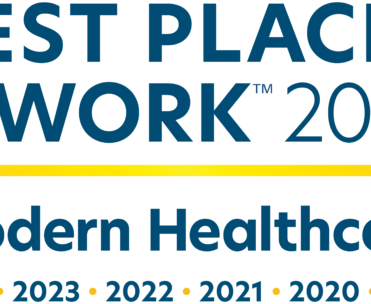
The bare bones about osteoporosis
2 minutes
You might think all people with osteoporosis have noticeably curved spines. But there’s a reason osteoporosis is called a silent disease. It’s not always obvious who has it. Some people only find out they have the disease when they break a bone from falling or engaging in even minor physical activity.
5 things to know about osteoporosis
There’s much more to learn than getting enough calcium.
Definition: Osteoporosis, which literally means “porous bones,” is a bone disease where bones lose density and become weaker. This leads to bones breaking easily.
Risk factors: Because bone is a living tissue, it can repair itself by growing new tissue until around age 30. After that, bone renewal slows as you age.
Osteoporosis, which has a hormonal element, commonly affects post-menopausal women. However, the disease can strike men and women at any age. Risk factors include:
- Family history.
- Calcium and vitamin D deficiency.
- Long-term inactivity.
- Certain medications.
- Medical conditions affecting hormone levels.
- Smoking.
- Excessive alcohol or caffeine usage.
- Petite, thin body type.
- Being White or Asian.
- Having ovaries removed before periods stopped.
- Early menopause.
Symptoms: Weak bones, which might lead to compressed disks or collapsed vertebrae, can result in:
- Stooped posture.
- Loss of height.
- Increased bone fractures.
Detection: Because osteoporosis is easy to detect, you should talk to your primary care provider about whether a scan is right for you.
A specialized scan measures the bone density of body areas prone to fracture. The scan can also detect moderate bone loss, known as osteopenia.
Prevention: It’s possible to prevent or slow the growth of the disease—and even improve your bone density. Strengthen your bones by:
- Exercising three times a week. Do weight-bearing and muscle-strengthening exercises, like lifting weights and hiking.
- Adding more calcium and vitamin D to your diet. Either eat more foods rich in calcium and vitamin D or take supplements.
- Taking medications specifically for bone loss.
Talk to your primary care provider if you’re at risk for or have experienced symptoms of the bone disease. The earlier bone loss can be detected, the sooner you can take steps to prevent or slow the growth of osteoporosis.
Sources: Cleveland Clinic; National Institutes of Health Osteoporosis and Related Bone Diseases National Resource Center; U.S. Department of Health and Human Services, Office of the Surgeon General



